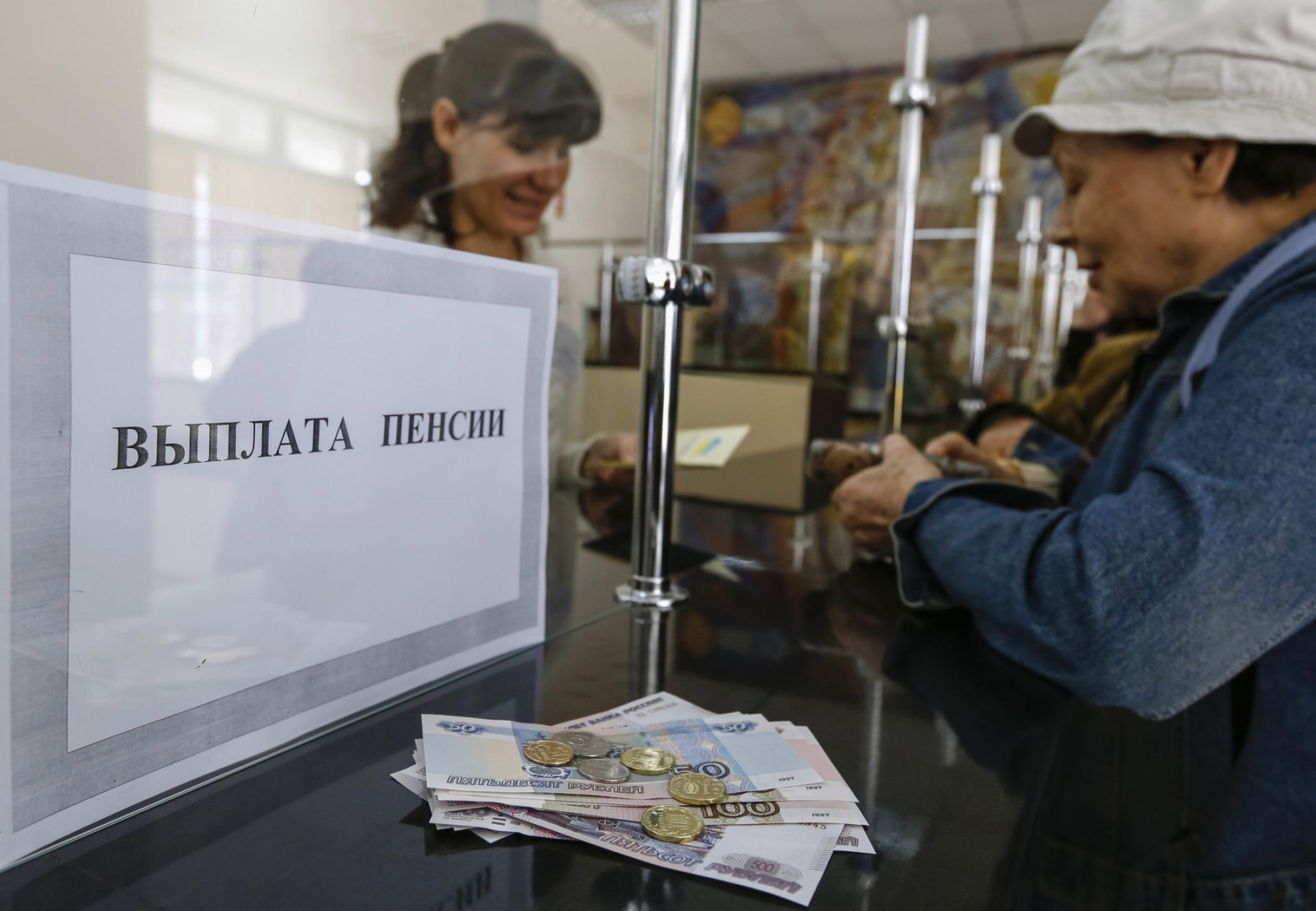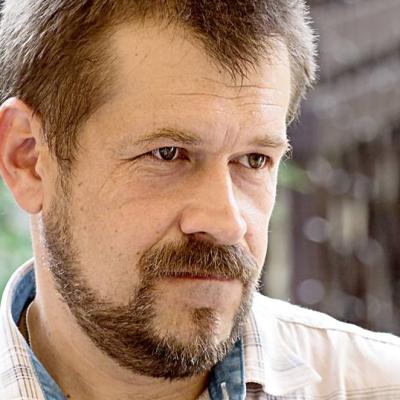In June of 2017, Vladimir Putin said that Russians now live longer and explained the reasons for statistical progress as: “Infant mortality has undergone a three-fold decrease since 2000, and maternal mortality has seen a close to four-fold drop. This has contributed to increased life expectancy as well. The figures here are now up from just over 70 years to 72 years”.
In March of 2018 Putin already used different data: “Life expectancy levels have increased by over seven years and now total 73 years”, making two important points: “In 2000, Russia posted a life expectancy of just over 65 years, with men’s life expectancy falling below 60 years. This is not just low, it is a tragedy, and this parameter is tragically inadequate”.
Naturally life expectancy is a very important marker and if it’s below 65 years it is indeed a tragedy.
By July Putin’s understanding of life expectancy has risen even higher: “Now, we are up to 73.5 on average. Next year, it will be 74.3. According to estimates – which are most likely accurate – by the end of this transition period (that is 2028, as proposed by the Government), the average life expectancy for men will be over 75. The average life expectancy for women at the end of the transition period (that is 2034) will be over 85.”
But what data was given to the president? What did he mean by pronouncing the phrase “life expectancy”?
Infants as seniors
Russian statistics does not record real life expectancy. Instead, Rosstat uses the estimated “life expectancy at birth”. Either by ignorance, or for the purpose of manipulation, but the name of this indicator in the speeches of officials is transformed into “expected life expectancy”, and then – to simply “life expectancy”.
The Federal State Statistics Service clearly determines what this indicator is: “Life expectancy at birth is the number of years that an average person would have to live from a generation born this year, provided that at the level of the whole life of this generation, the death rate in each year will remain the same as in the year for which the indicator is calculated”.
That is, the increased “life expectancy in 2017” predicts the fate of babies who, provided that a whole number of assumptions coincide, will live as much as they were ordered by officials from statistics. As for people of working age who are being forced to accept the raise of retirement age now, this forecast has no relations whatsoever.
Framing of the prognosis for newborns by the life expectancy of adults is a direct lie. However, even realizing this, one cannot guess where Putin got his data of average life expectancy of 73.5 years. According to the latest Rosstat data the life expectancy at birth in 2017 is 72.7. Not more. Will the babies born in 2017 live until their retirement in 2082 and reach 2089, as the forecast promises, is an open question, but it’s not related to the current increase in the retirement age.
The average of the average
Any averaged value is convenient for mathematical calculations, but in application to human life is inapplicable. The average Russian is a collective image of man and woman, the young and the old, Caucasian and Yakut. The average age of life combines a newborn baby and an elder.
Meanwhile, according to 2016 data, men aged 20-65 die three times more often than their female peers, and the life expectancy of men at birth ranged from 59.1 years in Tyva to 77.4 in Ingushetia.
The statistical “average Russian” looks good thanks to the Caucasus and the “female part”. But this averaged Frankenstein does not exist in reality. And this is easy to see if you walk through the cemetery of any locality in central Russia: the rare deceased long-livers are “averaged” by men who died in working age.
Remaining within the framework of statistical discourse, we will still try to estimate the real average life expectancy of Russians. According to Rosstat the average age of death in 2016 was 76.9 years for women and 66.4 for men. However, there is reason to doubt this information.
Life expectancy determined by death
The statistical office inadvertently began publishing data on the number of deaths by gender and by age groups of five years, not derived from forecasts or calculations, but from death certificates. And, paradoxically as it may sound, it is the age of death that determines the real life expectancy.
The analysis shows that Russian men begin to die in large numbers from the age of 35, and after 50 the process of male extinction takes on the character of an epidemic, peaking at the time of retirement. Only the retirement slows down this process.

In order to calculate the average life expectancy, let’s assume that all the dead for each five-year period have died in the last year. It is clear that the result of such a rough rounding will improve: in fact, the deceased in the first year of the period improperly improve our statistics for four years, in the second – for three years and so on. For the range of 85+ just as unlawfully we’ll put on six years, as if all those celebrating the 85th anniversary will necessarily survive to 91 years.
Obviously overestimated result, obtained with such gross round-offs, looks like a sentence to men pensioners. The average age of death (that is, the actual life span) of a Russian male in 2016 is 64.8. The average man will not live until the new retirement age. Or, if you want, you can assume that pensions for retired men can be reset to zero – on average there would be none. For women, the actual average age, calculated by the same method, is 76.4 years.
And now we will get rid of the obvious overestimation put into the calculation. If we take as a basis the median year of each five-year period, the life expectancy of Russian women in 2016 is 73.8 years, for men – 62.6. The total is 68.6.
How to evaluate these facts? Perhaps best of all, with Putin’s words quoted above: “this is not just low, it is a tragedy, and this parameter is tragically inadequate”.










